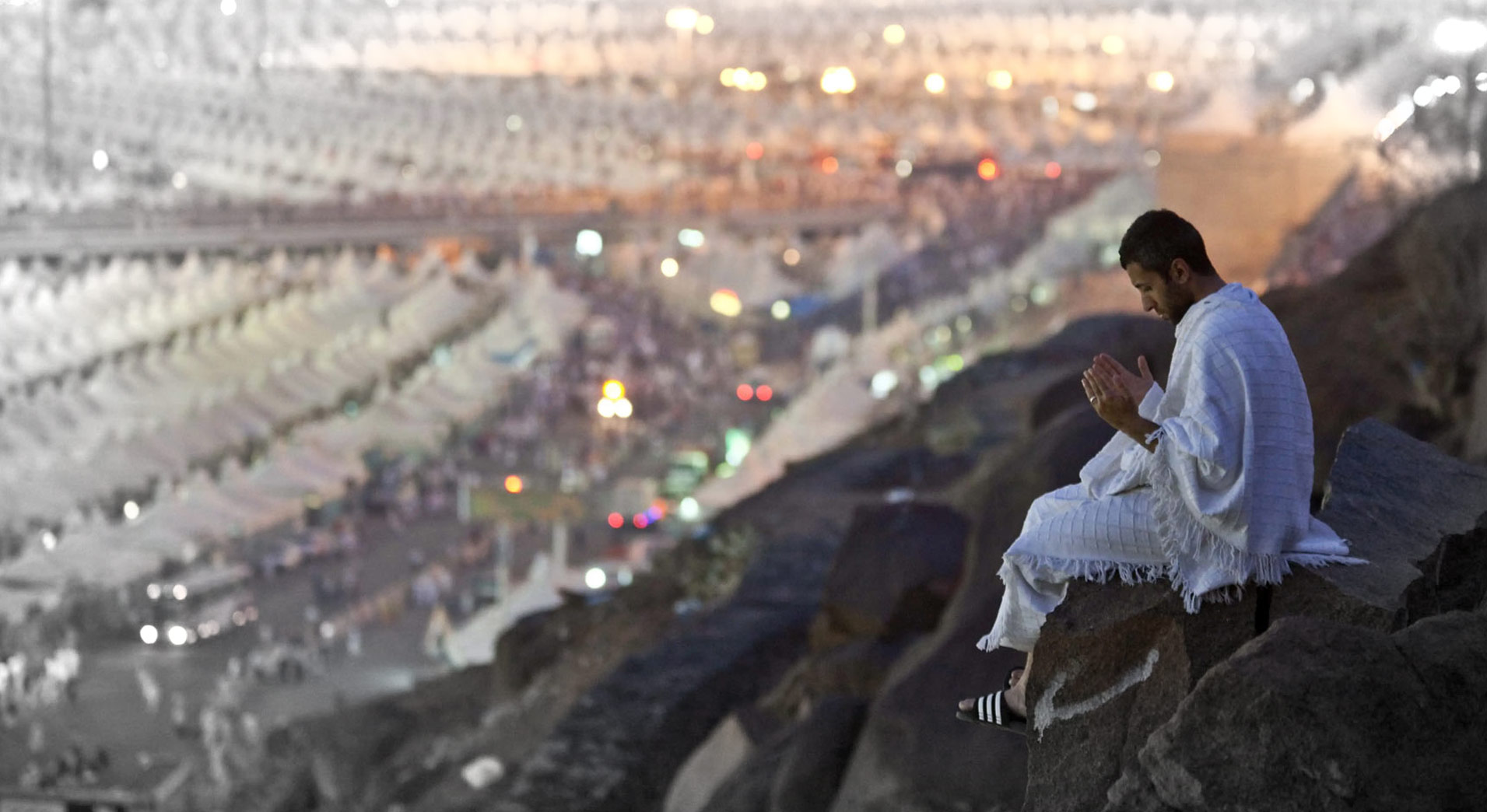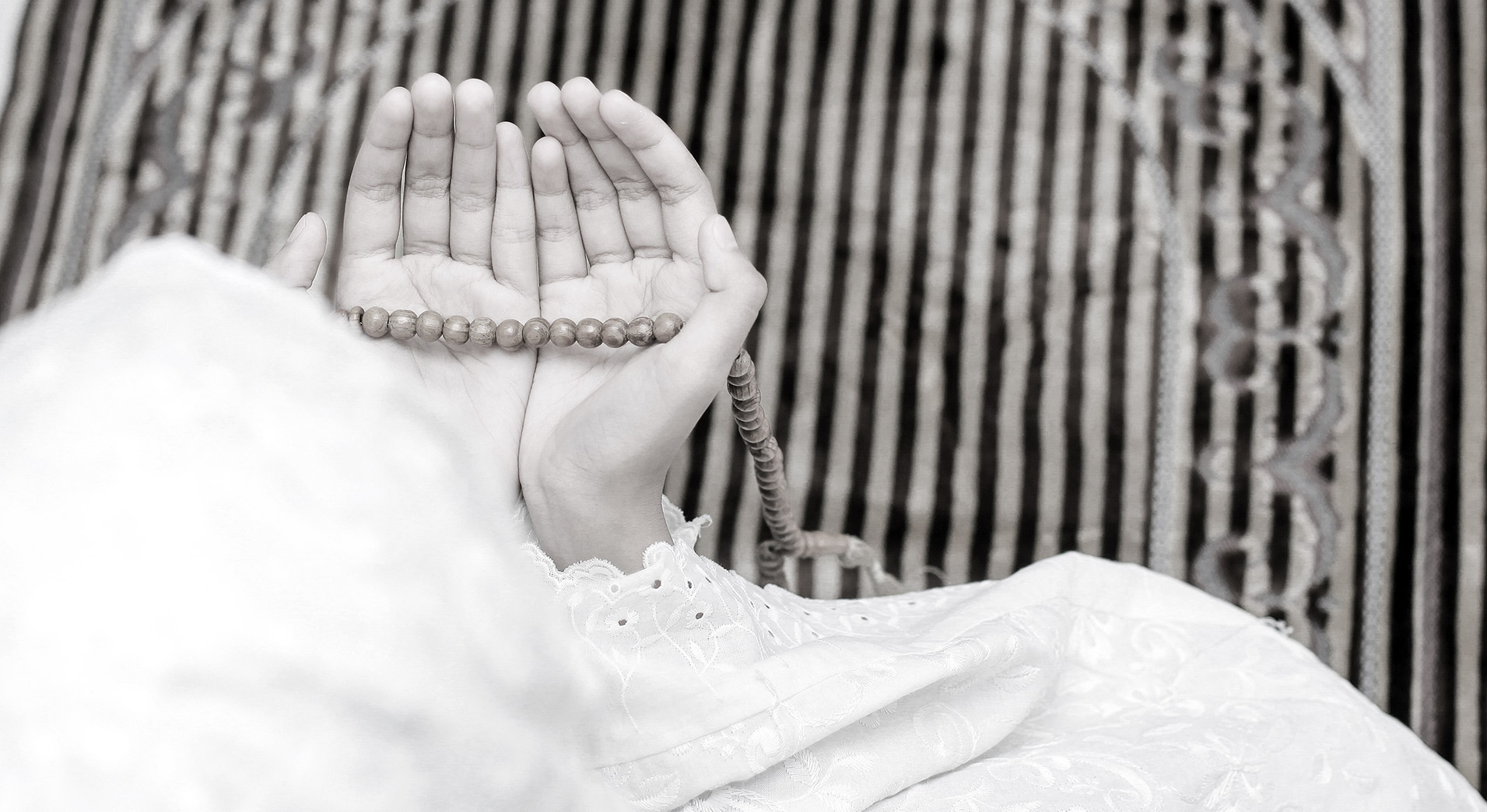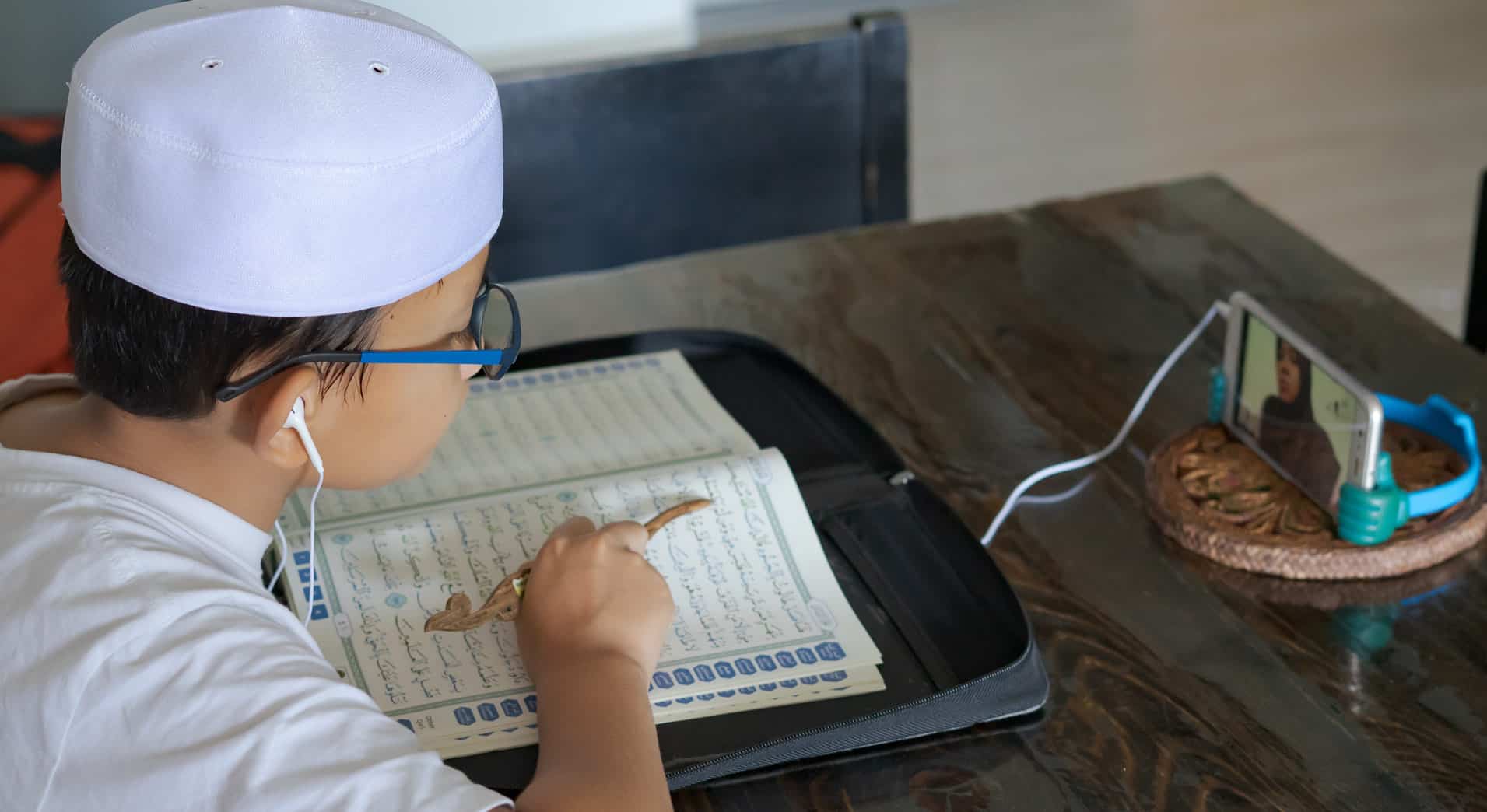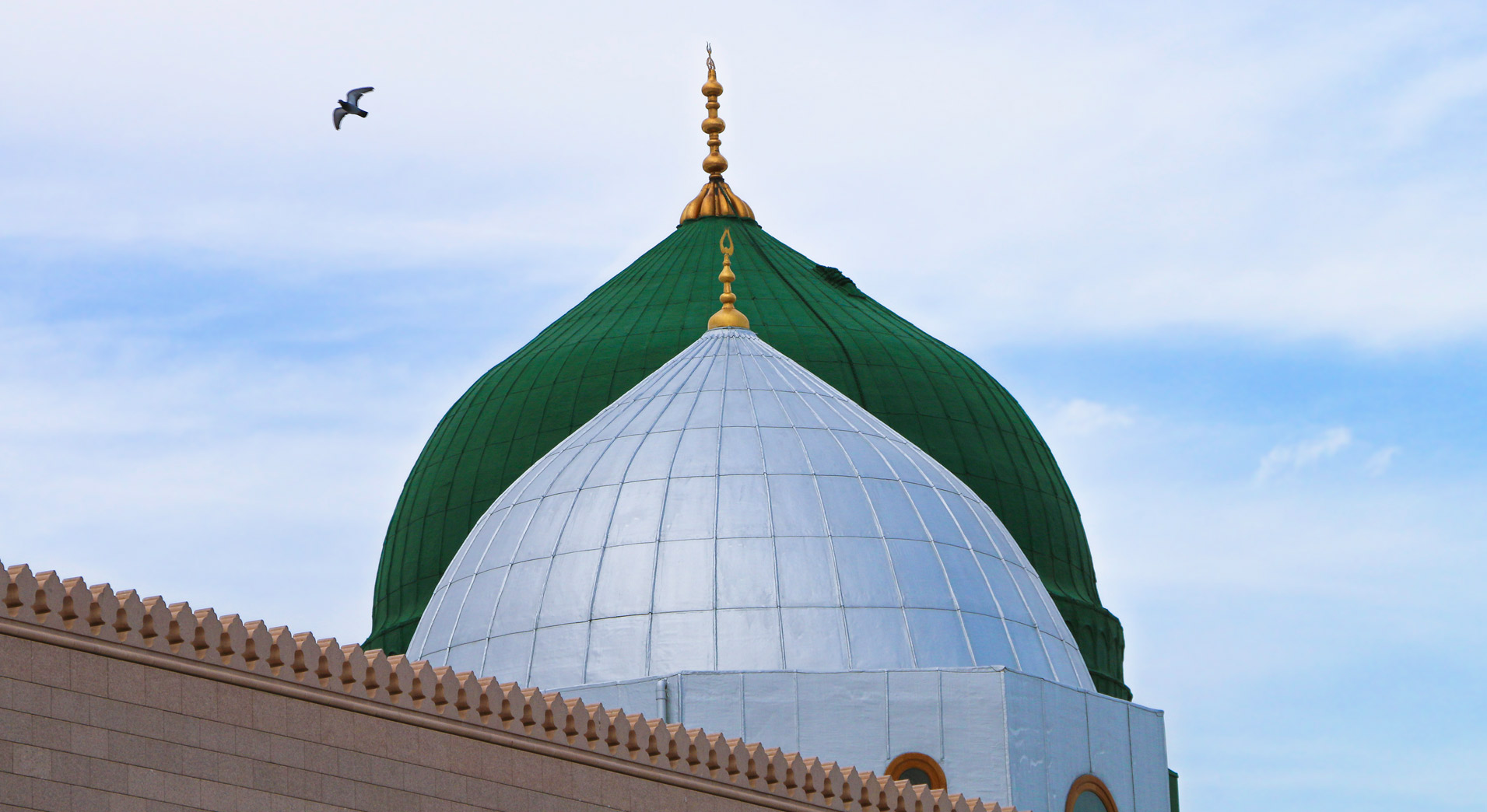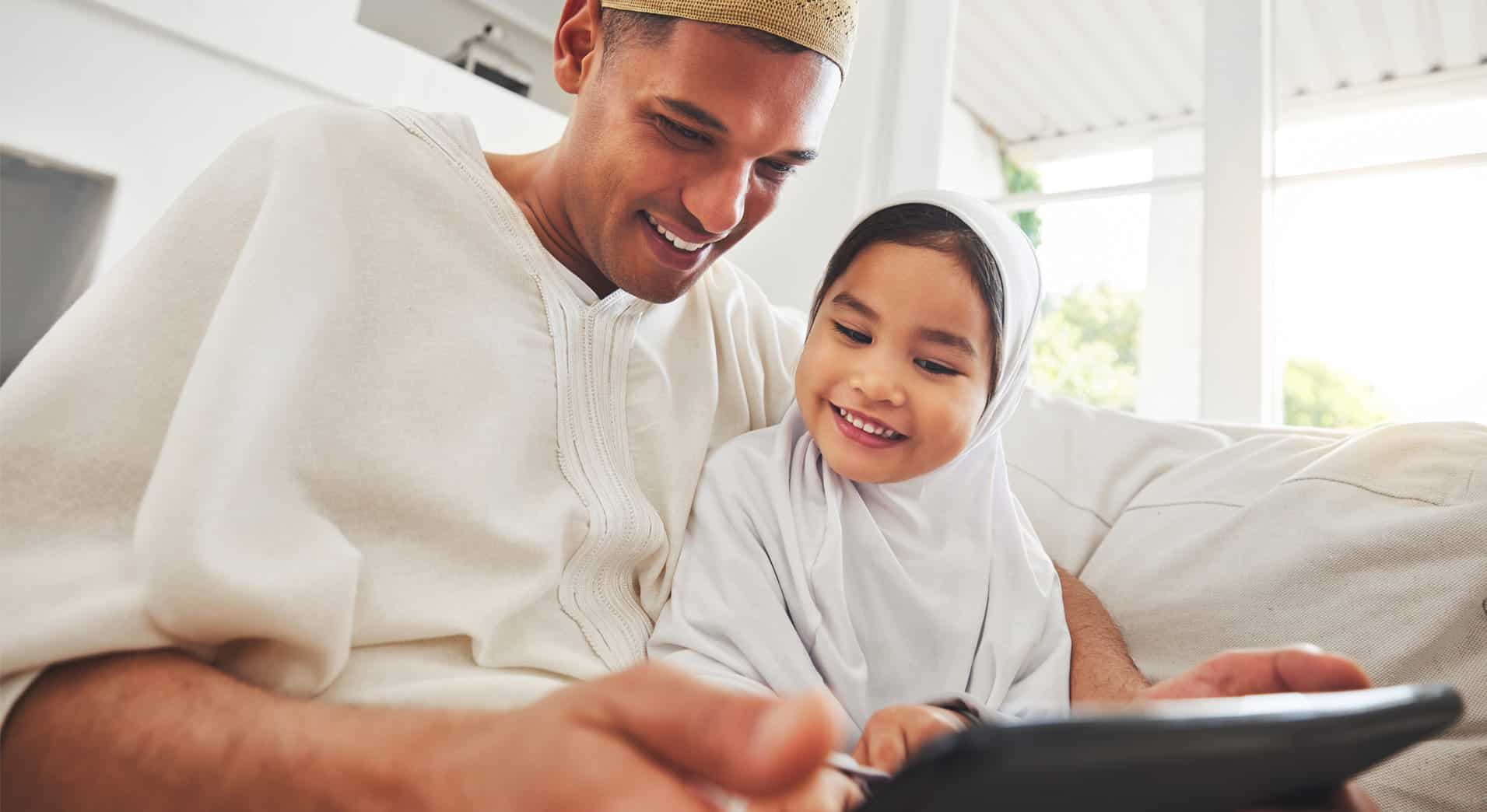Eid al-Adha is celebrated on the 10th of Zill Hajj in memory of the sacrifice of Prophet Ibrahim (AS). It has a deep connection with the Hajj (Holy Pilgrimage). Eid Al Adha and Hajj both remind us of Ibrahim (AS)’s faith. How he was put to the test when Allah gave him the order to sacrifice his beloved son, Ismail (AS). Many of the rituals of Hajj are based on the same events from the Prophet Ibrahim’s life. Together, Hajj and Eid al-Adha teach us about trust in Allah, obedience, and the spirit of sacrifice.
What is Eid Al Adha
Eid al-Adha holds great importance in the history of Islam. It reminds us of the strong belief of Prophet Ibrahim (AS), who was ready to give his son as a sacrifice at Allah’s instruction. But Allah provided a ram for sacrifice. Muslims around the world sacrifice animals on Eid Al Adha for the sake of Allah, remembering the sacrifice of Ibrahim (AS). Muslims distribute the meat of animals sacrificed on this day among their loved ones, friends, and those in need. The festival of Eid al-Adha reminds us to serve others, be kind, and obey Allah. All Muslims observe Eid as a time of prayer, thanksgiving, and joy. During the days of Eid, takbir al-tashreeq is also recited aloud after every obligatory prayer, starting from the Fajr of the 9th Dhul-Hijjah until the Asr of the 13th, as a reminder of the greatness of Allah.What is Hajj
Hajj is the fifth pillar of Islam. Hajj is the holy pilgrimage that every Muslim who is financially able must perform at least once in their lifetime. Hajj is the time when Muslims from around the world gather at Mecca to perform the Hajj rituals. They leave their busy lives behind, wear the same clothes called Ihram. They perform all the rituals of Hajj in the teachings of Islam. Hajj, just like Eid Al Adha, reminds us of the great sacrifice of Ibrahim (AS). The sai of Safa Marwa reminds us of the struggle of Hajra (AS), wife of Ibrahim (AS). For children beginning their Islamic education, learning the basic foundations like qaida for beginners is an important first step before understanding the deeper meanings of such rituals.Rituals of Hajj
The journey of Hajj includes a series of beautiful and meaningful steps that every pilgrim follows. It starts with wearing special white clothes called Ihram, which makes everyone equal. Irham signifies that every person is equal to Allah. No matter if the person is rich, poor, black, or white, ihram is the same for all. Pilgrims then go for a pilgrimage to Mecca and circle the Kaaba seven times. After that, they walk between two hills, Safa and Marwah, just like Hajar (AS) did while searching for water for her baby, Ismail (AS). After this, Muslim pilgrims gather at Mina, which is also the city of tents. Muslims spend the night there and remember Allah in every heartbeat. The next day, on the 9th, Zill Hajj pilgrims go to Mount Arafah. On the day of Arafah, pilgrims stand on the plain of Arafah, making du’a and asking Allah for forgiveness. Later, they spend the night in Muzdalifah and collect small stones. These stones are used to throw at three pillars in Mina, which reminds us of rejecting Shaytan (Satan). The journey ends with the sacrifice of an animal, just like Prophet Ibrahim (AS) did, followed by shaving the head (for men) or trimming the hair (for women). Each step is full of meaning and connects us to the great lessons of patience, faith, and trust in Allah.Day Of Arafah:
The day of Arafah is very important in the lives of Muslims. It falls on the 9th of Dhul-Hajj, right before hajj. On this day, the pilgrims offer prayers to Allah while standing on the Arafat plain, which is close to Mecca. It is the most important part of the hajj. On that day, people ask for forgiveness, pray to Allah, and seek mercy from Allah. For muslims who did not get the chance to perform Hajj, they should fast on the day of Arafah. The day of Arafah teaches Muslims about the forgiveness, mercy of Allah, and prayers. In preparation for these sacred days, many families also focus on spiritual growth through resources like online Quran teaching, helping them strengthen their connection with Allah even from home.How Are Eid al-Adha and Hajj Connected?
The link between Eid al-Adha and Hajj is not just about the calendar. Both events are connected with each other emotionally and spiritually.- The days of both events are connected Eid al-Adha is celebrated on the 10th of Dhul-Hijjah, right after the most important day of Hajj, the Day of Arafah.
- Remembrance of Prophet Ibrahim (AS) and his family Both Hajj and Eid al-Adha are centred around the life and sacrifices of Prophet Ibrahim (AS). His complete trust in Allah, Hajar’s struggle for water, and the story of Ismail (AS) are all retold through the rituals of Hajj and the act of Qurbani (animal sacrifice).
- Act of Sacrifice: On the 10th of Dhul-Hijjah, the pilgrims in Mina also perform animal sacrifice as part of Hajj, just like Muslims do around the world on Eid. This act connects all Muslims in spirit, no matter where they are.
- Lessons of Obedience: Whether it’s walking miles in the heat or being ready to give up something you love, both Hajj and Eid teach us that obeying Allah brings us closer to Him, even if it’s hard.
 0203-002-6366
0203-002-6366
 1-212-381-1055
1-212-381-1055 61-3-8820-5043
61-3-8820-5043  021-111-279-111
021-111-279-111